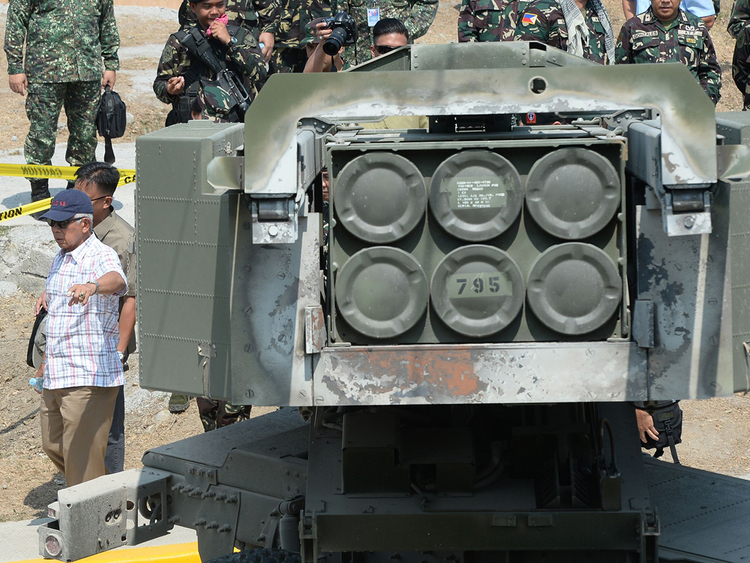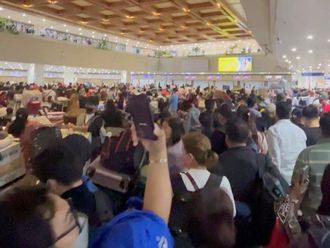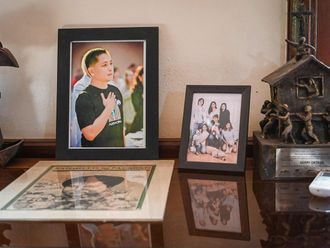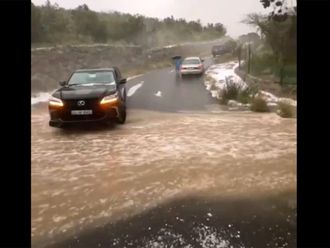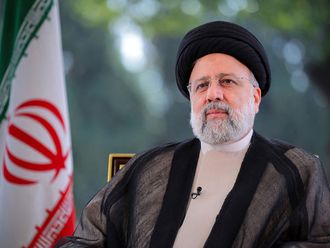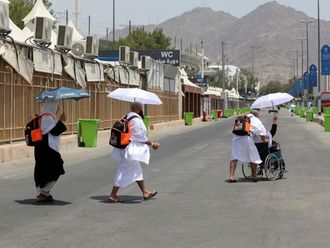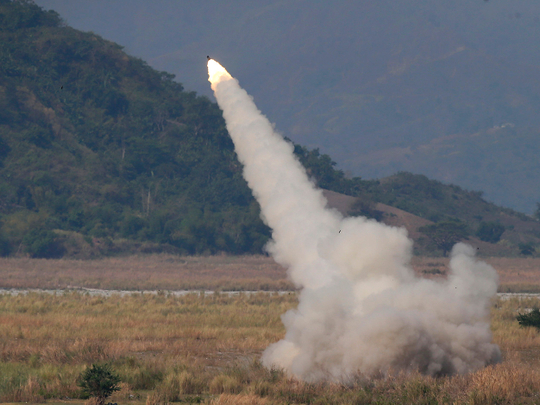
Manila: The United States will send troops and military equipment on routine rotations in the Philippines, and the two countries have started joint patrols in the South China Sea as China increasingly asserts territorial claims there, the Pentagon said on Thursday.
The first U.S.-Philippines joint patrol in the South China Sea occurred in March and a second one occurred early this month and would occur "regularly" in the future, the Pentagon said.
A contingent of U.S. military aircraft and 200 U.S. airmen would remain at Clark Air Base, a former U.S. Air Force base, through the end of the month, the Pentagon said. In addition, up to 75 U.S. troops would remain in the Philippines "on a rotational basis" after the conclusion of joint U.S.-Philippines military exercises this week.
The High Mobility Artillery Rocket System (HIMARS) was the star of a simulated assault exercise by 5,500 US and Philippine soldiers, unleashing six missiles at distant targets from a dry riverbed three hours' drive from Manila.
US Marine Cobra attack helicopters and Philippine S211 jets also buzzed over the Crow Valley training range as Filipino and US troops acted out the capture of imaginary enemy-held territory.
The exercises were staged in the shadow of a festering dispute between the poorly equipped US ally and regional giant China over islands, reefs and waters in the resource-rich South China Sea.
"The truth of the matter is we are allies and as allies, we need to work together," Lieutenant-General John Toolan, the US Marine Corps Pacific commander told reporters, referring to the missile system.
"I think we will be more than happy to share," he said when asked if the US would deploy HIMARS to the Philippines in the case of armed conflict over the South China Sea.
The system's range is 3,000 kilometres (1,864 miles), Toolan said, meaning it could hit vessels far from the Philippine landmass.
China claims most of the South China Sea, even waters and rocks close to the coasts of several neighbours that overlap with their claims.
Beijing has reclaimed several reefs claimed by Manila and built structures on them that the Philippines alleges were designed for military use — a charge China denies.
'Highly mobile, lethal'
Although the United States has not taken a stand on the conflicting claims to the South China Sea, it has opposed China's efforts to claim the waters and has stressed freedom of navigation in the vital sealane.
"We have seen the capability. It is highly mobile, lethal. So I think it is one of the capabilities we want to have," Philippine Navy Vice-Admiral Alexander Lopez said as he watched the missile firing.
Lopez, the commander of Filipino forces in the South China Sea, told reporters this would "raise the skill and the respect for your armed forces, not only for the Filipinos but also in our region".
Toolan said the two-week manoeuvres displayed the capability of both armies to deploy rapidly across the Asian archipelago.
The truck-mounted missile system had been flown aboard a giant military transport plane to an airport near the Crow Valley firing range earlier in the day from the western Philippine island of Palawan.
The Philippines has been improving its defence ties with the United States to help upgrade its capability to defend its territory.
The Philippines has allowed American forces to rotate through five Philippine bases including one on Palawan and another in the north, both close to the South China Sea.
Asked if HIMARS systems would be deployed in these five bases, Toolan said: "That's not necessarily in the plan but obviously, with the mobility the HIMARS gives you, you can use it anywhere."


